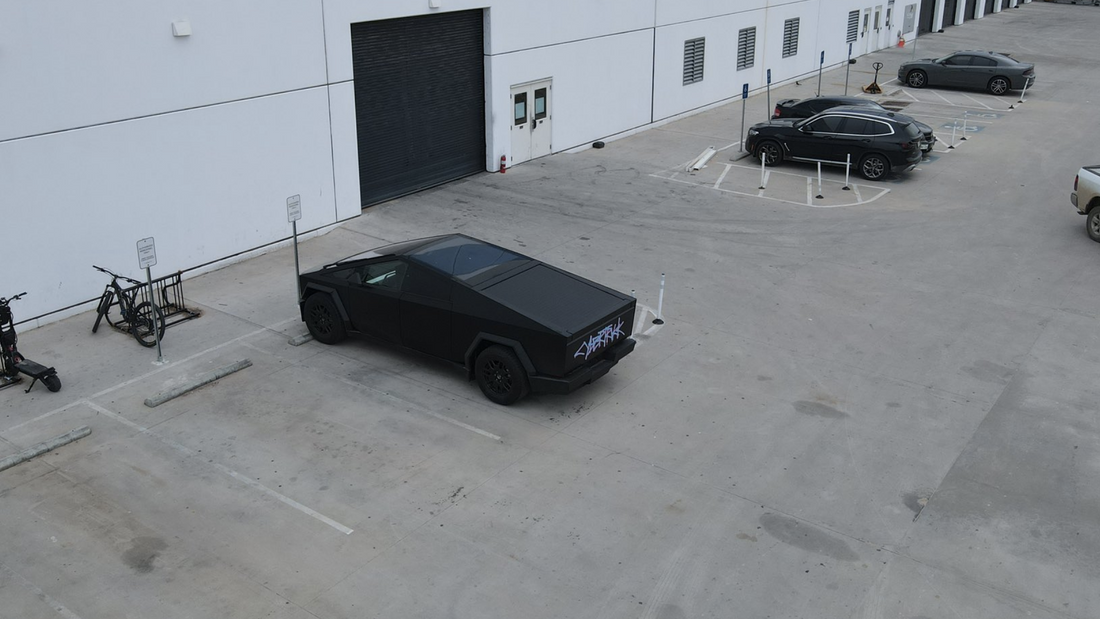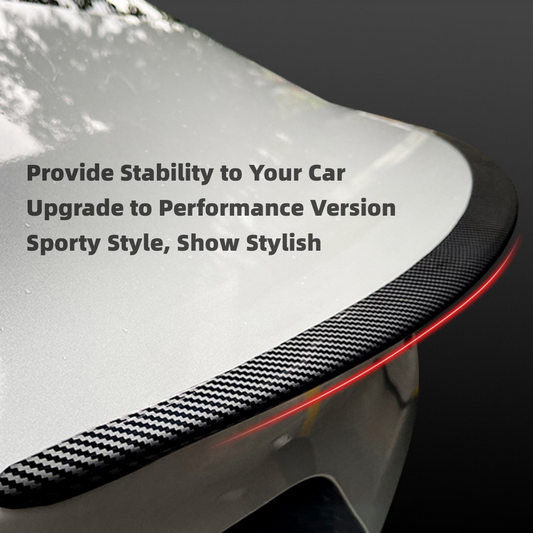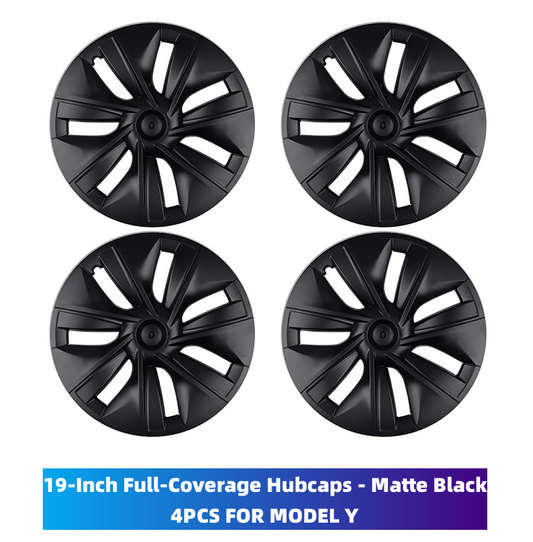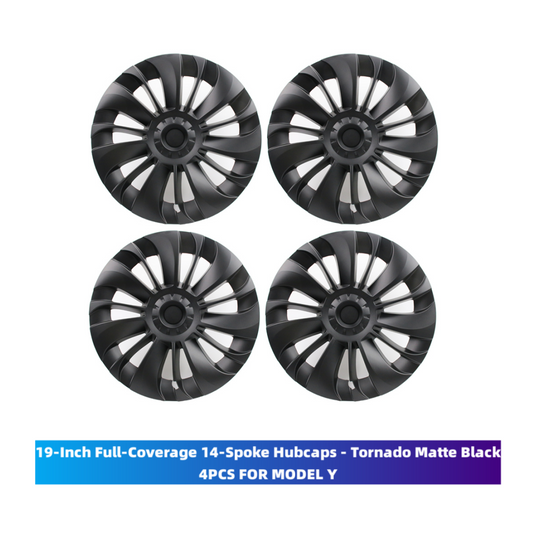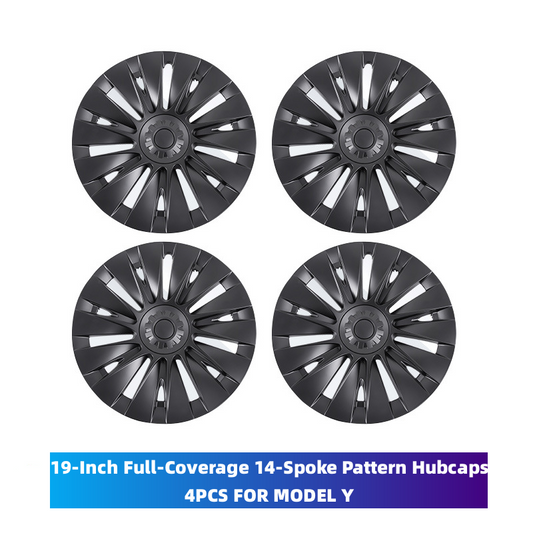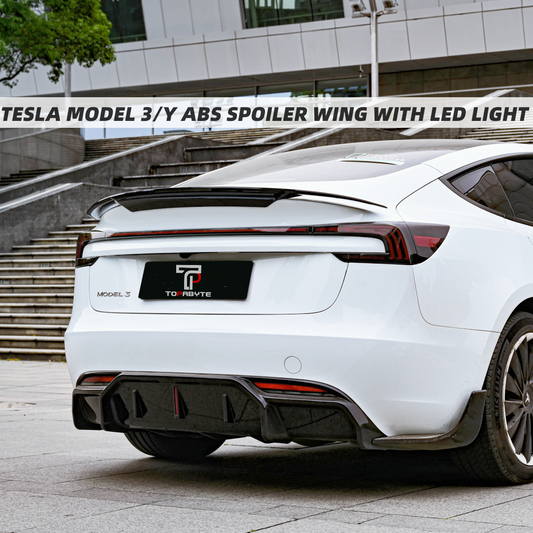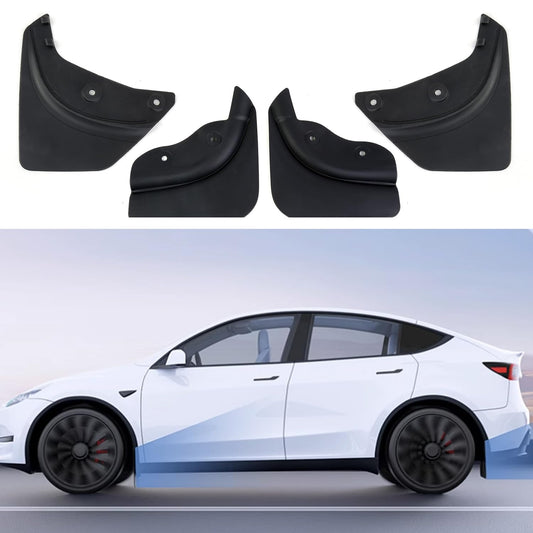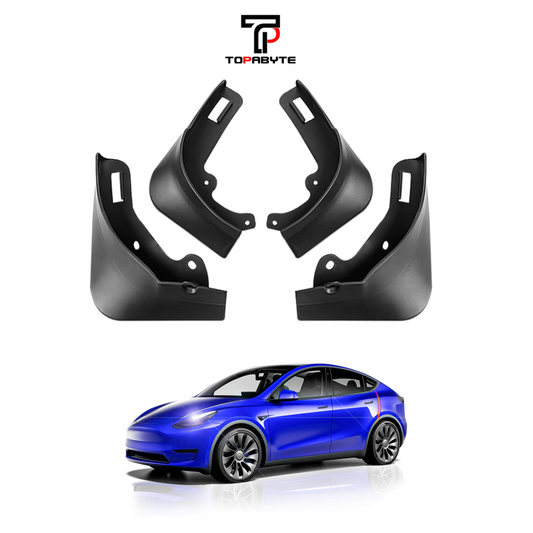Tesla has recently introduced its Cybertruck featuring cutting-edge dry-cathode 4680 battery cells, a development that is anticipated to revolutionize the electric vehicle (EV) industry. This new model utilizes Tesla’s innovative in-house technology, which enhances the vehicle's range and performance while also driving down production costs. The vehicle’s testing began in July, with Tesla officials highlighting that this represents a crucial advancement in both efficiency and technological innovation.
The dry-cathode technology stems from Tesla's acquisition of Maxwell, a company known for its dry electrode coating process. This strategic move, made five years ago, allowed Tesla to transition from relying on external partners like Panasonic to establishing its own battery cell manufacturing. The dry electrode method was initially developed for Maxwell's supercapacitors and holds the potential to significantly lower electrode production costs, making the Cybertruck more cost-effective to produce.
Tesla’s Senior Manufacturing Engineer, Cole Otto, emphasized the importance of this development, describing it as a "significant milestone" in the company’s pursuit of manufacturing efficiency. Concurrently, Tesla has reported that it produced nearly 50% more 4680 battery cells in the second quarter of this year compared to the previous one, reflecting its growing manufacturing capabilities.
Visual confirmations of these developments have emerged from Tesla's Giga Texas facility, where ongoing tests and preparations for mass production are underway. The combination of technological advancements and strategic production decisions positions Tesla’s dry-cathode Cybertruck as a potential leader in the EV landscape, aiming to capitalize on the evolving market dynamics in the automotive sector. Tesla's ambitious plans could ultimately set new benchmarks in electric vehicle design and performance, reinforcing its status as a pioneer in sustainable transportation.
Cybertruck News From: interestingengineering.com

